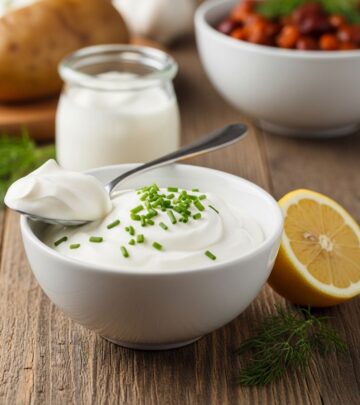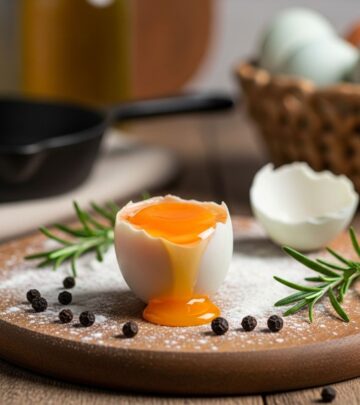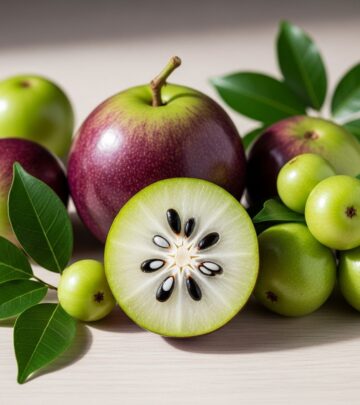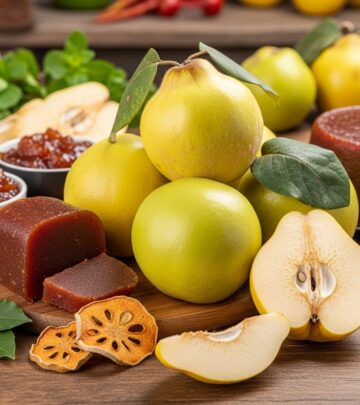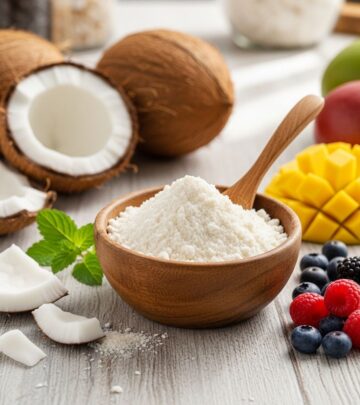Medlar Fruit: History, Cultivation, Health Benefits, and Culinary Uses
Soft, bletted pulp offers honeyed sweetness and a taste of history for adventurous cooks.
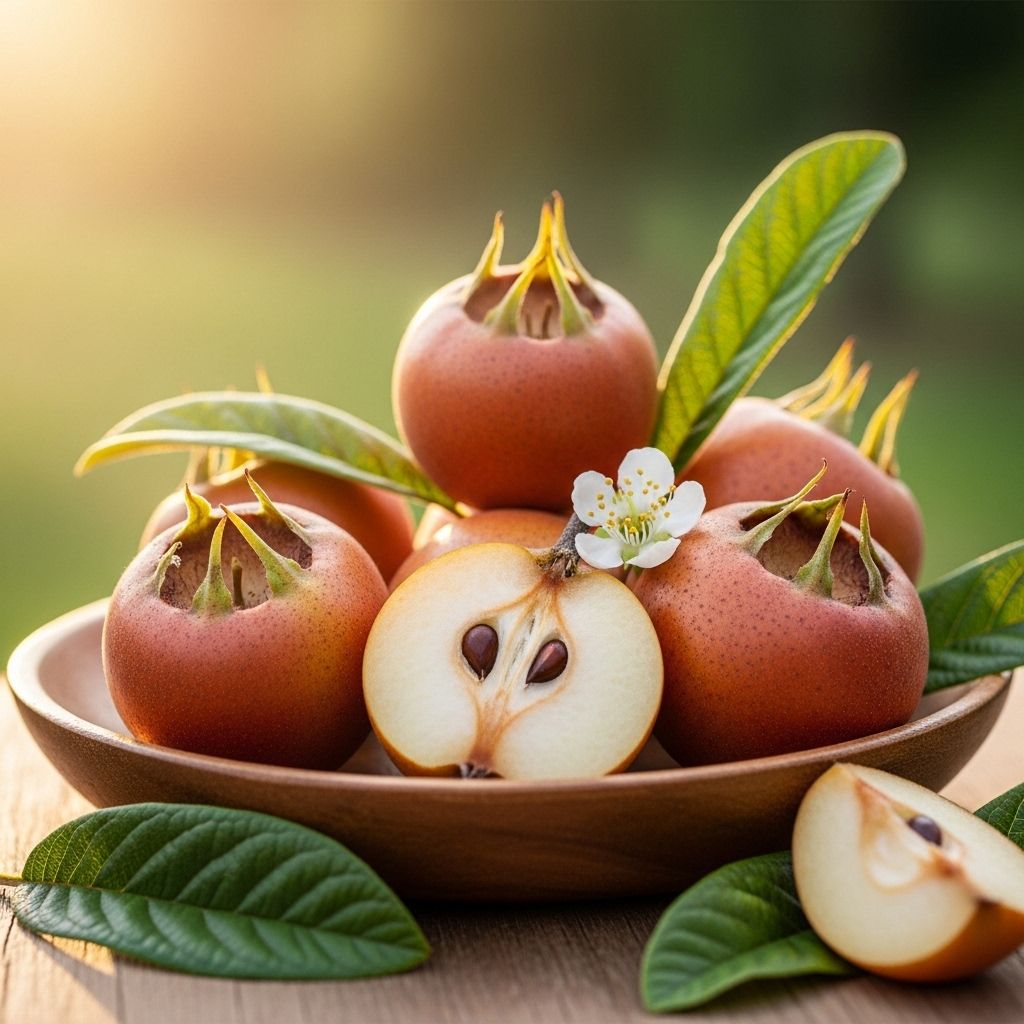
Medlar Fruit: Rediscovering an Ancient Delicacy
The medlar fruit (Mespilus germanica) is a rare and ancient fruit, cherished for centuries across Europe and the Middle East. With a storied past, unique flavor, and notable nutritional profile, medlars are re-emerging as a culinary curiosity and a horticultural gem. This article uncovers the medlar’s origins, health advantages, practical uses, and cultivation tips, offering a complete guide for those intrigued by forgotten fruits.
What Is Medlar Fruit?
Medlar fruit grows on a small deciduous tree or large shrub, closely related to pears and hawthorns. Its brown, round fruits, ranging from 2 to 6 cm in diameter, are marked by a wide, open calyx at one end and a fuzzy outer skin. Often likened to a cross between a russetted apple and a large hawthorn berry, its appearance inspired colorful names like “open-arse” in medieval England.
| Characteristic | Description |
|---|---|
| Botanical Name | Mespilus germanica |
| Family | Rosaceae |
| Native Regions | Southwest Asia, Southeastern Europe, Mediterranean |
| Fruit Season | Late autumn to early winter |
| Fruit Color | Yellowish to brown with a persistent calyx |
| Ripening Process | Requires “bletting” for sweetness |
The Fascinating History of Medlar
The medlar traces its cultivation to ancient Greece (as early as 700 BCE) and was later prized in Roman and medieval European gardens. In Roman times, noted scholars such as Pliny the Elder praised the fruit, while Charlemagne encouraged its cultivation in imperial orchards. By the Middle Ages, medlars were a staple in English and continental diets, revered for their unique flavor and seasonal availability. Their popularity peaked in the 1600s and declined after World War II, though a recent revival among gardeners and chefs is restoring medlar’s reputation as a “forgotten fruit.”
Medlar Tree: Description and Growth
- Size: Typically grows 2.5–6 meters (8–20 feet) tall with a wide, spreading crown.
- Leaves: Simple, elliptic to oblong, 8–15 cm long, dark green, turning reddish-brown in autumn.
- Flowers: Large, white, scentless blooms appear in late spring—highly attractive to pollinators.
- Fruit: Small, round, brown to golden-yellow fruits harvested in late fall, often after the first frost.
- Trunk/Bark: Twisted, gnarled branches add ornamental appeal.
The Unique Ripening Process: Bletting
Unlike most fruits, medlars must be bletted—a natural softening and fermenting process that occurs after harvest and frost exposure. Initially hard, acidic, and astringent, the fruits soften over several weeks until the flesh is brown, jelly-like, sweet, and aromatic. Bletted medlar has a flavor reminiscent of dates, applesauce with citrus notes, and a slightly grainy texture.
How to Blet Medlar Fruits
- Harvest ripe medlars in late autumn after the first hard frost.
- Arrange fruits in a single layer, stem-side down, in a cool, dry place.
- Allow 2–4 weeks for the flesh to turn soft, brown, and yielding—it’s now ready to eat or cook with.
Nutritional Value of Medlar Fruit
Though research is still developing, medlars are believed to offer a diverse nutritional profile:
- Vitamins: Rich in vitamin C and some B vitamins, supporting immunity and energy metabolism.
- Minerals: Contains potassium, calcium, magnesium, and iron for heart and bone health.
- Fiber: Good dietary fiber content aids digestion and satiety.
- Phytonutrients: Contains antioxidants such as phenolics, flavonoids, and tannins.
Health Benefits of Medlar Fruit
Consuming medlar fruit may confer several potential health advantages:
- Antioxidant support: The high level of antioxidants helps protect against free radical damage and may lower the risk of chronic diseases.
- Digestive health: Dietary fiber and natural acids in medlars may support gut health, regularity, and relieve digestive discomfort.
- Immune function: Vitamin C strengthens immune responses and helps ward off infections.
- Anti-inflammatory properties: Traditional medicine used medlars for reducing inflammation, likely due to its natural polyphenols.
- Heart health: Potassium content may support healthy blood pressure and cardiovascular function.
While these benefits are promising, more clinical research is needed to fully confirm the medical efficacy of medlar fruit.
Culinary Uses of Medlar Fruit
Once fully bletted and soft, medlars can be enjoyed in several delicious ways:
- Fresh: Scoop out the soft, brown pulp and eat as is for a unique dessert-like snack.
- Baking: Use medlar pulp in cakes, tarts, or crumbles for a deep, caramelized flavor.
- Preserves: Medlar jelly and jam are classic—sweet, slightly tart, and perfumed.
- Beverages: Fermented into medlar wine, cider, or brandy.
- Sauces: Serve medlar sauce with game, roasted meats, or cheese platters.
Simple Medlar Jam Recipe
- Collect bletted medlars and squeeze out the pulp.
- Mix with sugar (use 500g sugar per 1kg pulp) and a splash of lemon juice.
- Simmer gently until thickened and jar for later use.
How to Grow Medlar: A Beginner’s Guide
Medlars are easy to grow in temperate gardens and make attractive ornamental trees. Here’s how to cultivate and care for a medlar:
- Planting time: Best planted in autumn or early winter while dormant.
- Position: Choose a sunny location with well-drained, fertile soil.
- Watering: Regular watering during the establishment phase—medlars are reasonably drought-tolerant once mature.
- Pruning: Minimal pruning is needed, mainly to remove dead or crowded branches each winter.
- Pollination: Mostly self-fertile but yields improve with multiple trees.
Quick Growing Tips Table
| Parameter | Recommendation |
|---|---|
| Planting Time | Late autumn to early winter |
| Sunlight | Full sun |
| Soil Type | Well-drained, loamy or sandy |
| Spacing | 5–6 meters between trees |
| Pruning | Light, formative in winter |
| Harvest | Late October–December, after frost |
Uses Beyond the Fruit
- Wood: Medlar wood is dense and fine-grained—prized for small crafts, tool handles, or walking sticks.
- Erosion control: The medium-depth roots help stabilize soils on slopes.
- Ornamental: Gnarled branches and beautiful spring flowers make medlars attractive feature trees.
Potential Side Effects and Precautions
Medlars are generally safe to consume when fully ripe and bletted. Eating unripe fruit may cause digestive discomfort due to tannins and acidity. As with all foraged foods, ensure correct identification and avoid overconsumption by those with sensitive digestion or known allergies.
Nutritional Profile Compared: Medlar vs. Other Fruits
| Nutrient | Medlar (per 100g, est.) | Apple (per 100g) | Pear (per 100g) |
|---|---|---|---|
| Calories | 45–55 kcal | 52 kcal | 57 kcal |
| Vitamin C | ~15 mg | ~4.6 mg | ~4 mg |
| Fiber | 2–3 g | 2.4 g | 3.1 g |
| Potassium | ~240 mg | 107 mg | 119 mg |
| Antioxidants | High | Medium | Medium |
Frequently Asked Questions (FAQs)
Is medlar fruit edible raw?
Medlar fruit can be eaten raw, but only after the bletting process. Before then, it is extremely astringent and not palatable.
How do you eat medlar?
Scoop out the soft, bletted pulp and eat fresh or use in desserts and preserves.
Are medlars healthy?
Yes. Medlar fruit is a good source of vitamin C, minerals, fiber, and antioxidants—beneficial for health when included in a balanced diet.
Where can I buy medlar fruit?
Medlars are rarely available in supermarkets, but can sometimes be found at farmers’ markets or via specialty fruit growers. Growing your own is the most reliable way to enjoy them.
What do medlars taste like?
Bletted medlars have a sweet, aromatic flavor, often described as a blend of dates, applesauce, and citrus, with a smooth, slightly grainy texture.
Key Takeaways
- Medlar fruit is a rare, historical delicacy with a revival among gardeners and chefs.
- It boasts valuable nutritional properties, including vitamin C, minerals, fiber, and antioxidants.
- Medlars require bletting before they are sweet, soft, and edible.
- Versatile in the kitchen, medlars make delicious jams, jellies, baked goods, and more.
- Medlar trees are easy to grow and contribute visually and ecologically to gardens.
References
- https://ipm.missouri.edu/meg/index.cfm?ID=648
- https://www.rhs.org.uk/fruit/medlars/grow-your-own
- https://thepolycultureproject.substack.com/p/the-essential-guide-to-medlar
- https://ediblelandscaping.com/pages/medlar-care-guide
- https://www.wildwalks-southwest.co.uk/how-to-use-medlars/
- https://orchardpeople.com/the-medlar-fruit-tree-easy-to-grow-productive-and-shaped-like-a-dogs-bottom/
- https://www.foodgardenlife.com/learn/grow-medlar-tree
- https://www.homeorchardeducationcenter.org/arboretum-blog/medlar-delicious-ancient-amp-rotten
Read full bio of Sneha Tete


